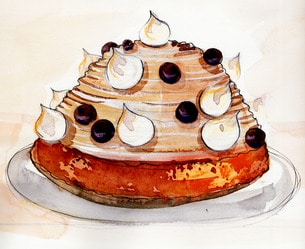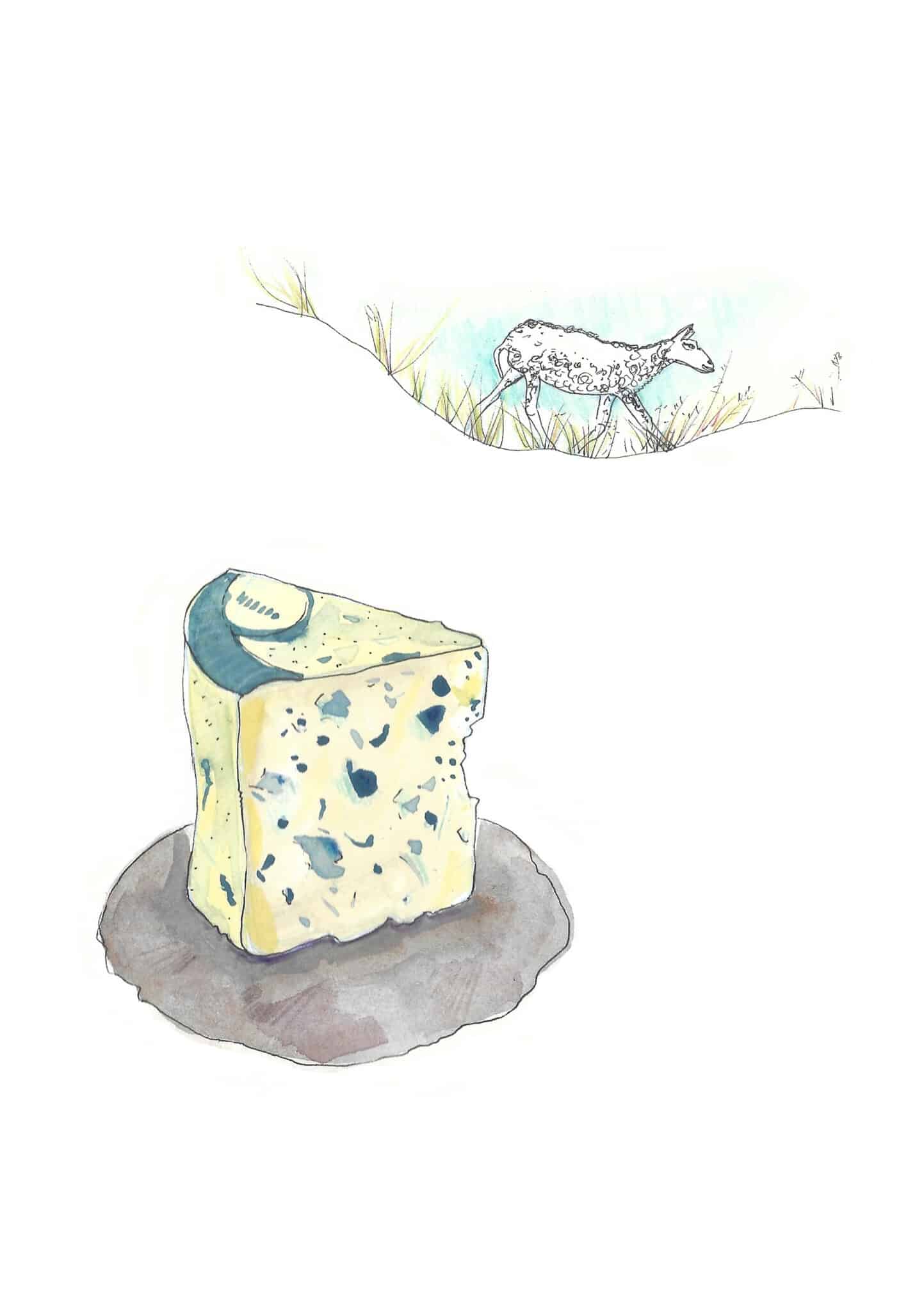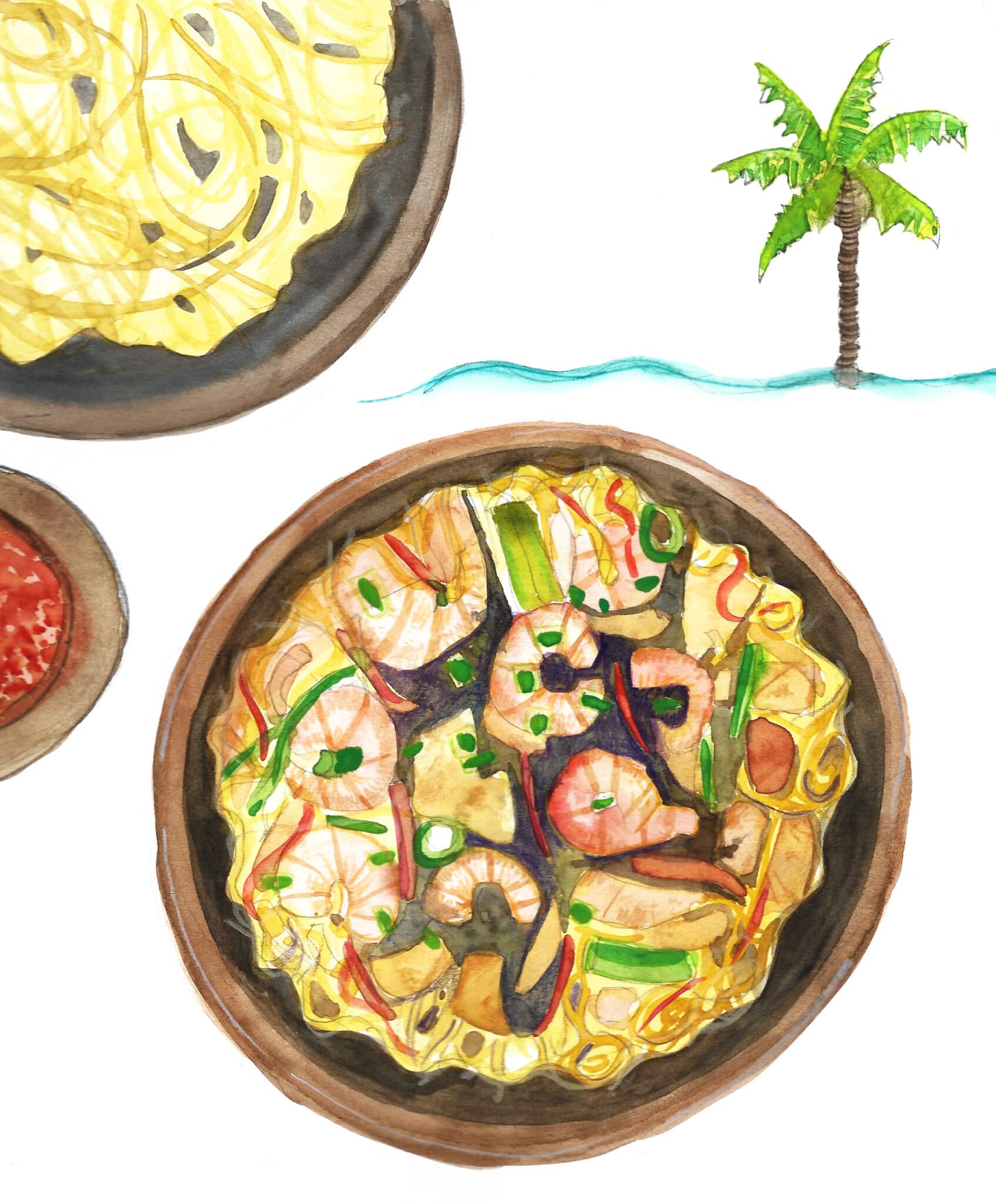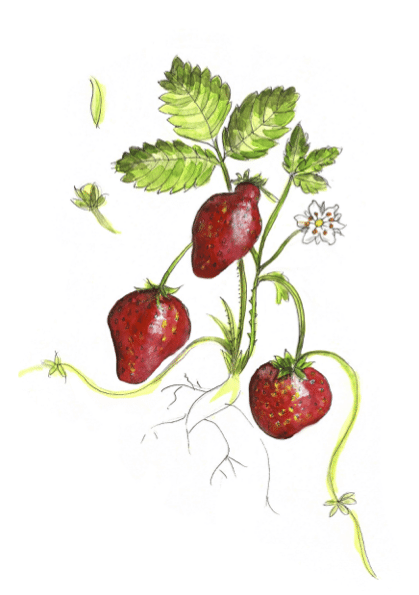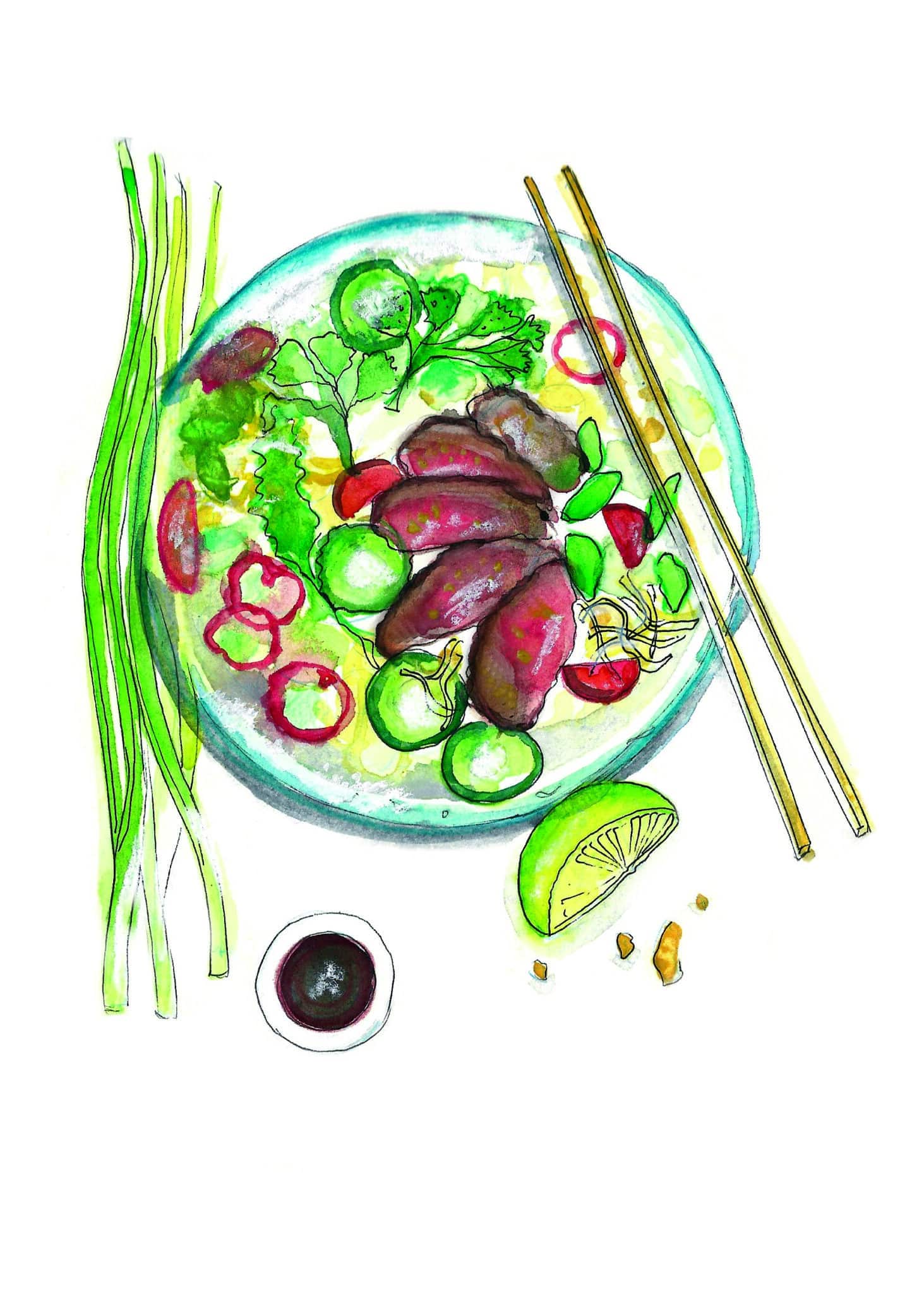The real heart of the chestnut season is September, October and November, nevertheless the chestnut is one of the stars on our Christmas table and New Year’s festivities, with a place of honour alongside the turkey. During the festive season, pastry chefs also prepare the traditional Bûche aux marrons, the yule log cake made with chestnuts, which are a very good source of nutritional value. Like wine, chestnuts provide phenolic compounds and tannins. They are very low on fat, rich in carbohydrates and a great source of energy.
There are countless desserts made with chestnuts.
In addition to the bûche, there is the delicious Mont Blanc, so beloved to gourmets. Chestnuts are rarely on their own in cakes and desserts. Other fruit, especially pear, also go well, and ingredients such as chocolate and different types of whipped cream also contribute to exalting the nuances and flavours of chestnuts.
I recently tasted a chestnut tart chez Lenôtre, made with a duet of mousse and almond cream, lightly flavoured with whisky and topped with a layer of dark chocolate. With this delicious dessert, I would like to suggest two nectars each of which brings its own special pairing, both of which are an excellent combination.
First and foremost I recommend the lovely 1998 amber-coloured Rivesaltes from the De Rancy estate, made with 95% Macabeu and 5% Grenache. This wine is bottled after spending over thirteen months in the cask. This vintage offers up notes of rancio, dried fruits, praline and cocoa. It goes beautifully with chestnuts, and the chocolate topping totally reinforces the pairing both in aromas and in flavours.
My second recommendation is an aged sake by the name of Koshu.
In Japan, legislation requires a minimum of three years’ ageing for this type of sake. This one has been aged for 10 years. Like many aged sakes, it has a robe that is amber, even dark topaz. The range of aromas is defined by notes of roasted sesame and dried fruits such as dates. The entire experience is underscored by roasting nuances, black tea, and cocoa. The 10-year old Daruma Masamune Koshu is blissful, with its delicate balance between mildness and umami. This aged sake is made by Shiraki Tsunesuke, from the Gifu prefecture, in the region of Chubu in the middle of Japan.
My third suggestion, to go with the Mont Blanc dessert, is why not try a beer made from roasted malt? This type of beer, known as stout or faro, brown in colour, has aromas of cocoa, notes of cold-roasted coffee. The effervescence of Murphy’s Irish Stout or a Stout de Vezeley wakes up the creaminess of the Mont Blanc. The bitters from the hops harmonise beautifully with the cocoa flavours. Be careful with serving temperatures: this type of beer needs to be served between 12° and 14°C to release all its complexity. Enjoy!
La Revue du Vin de France January 2019
Read More : What else to serve with Sake?
